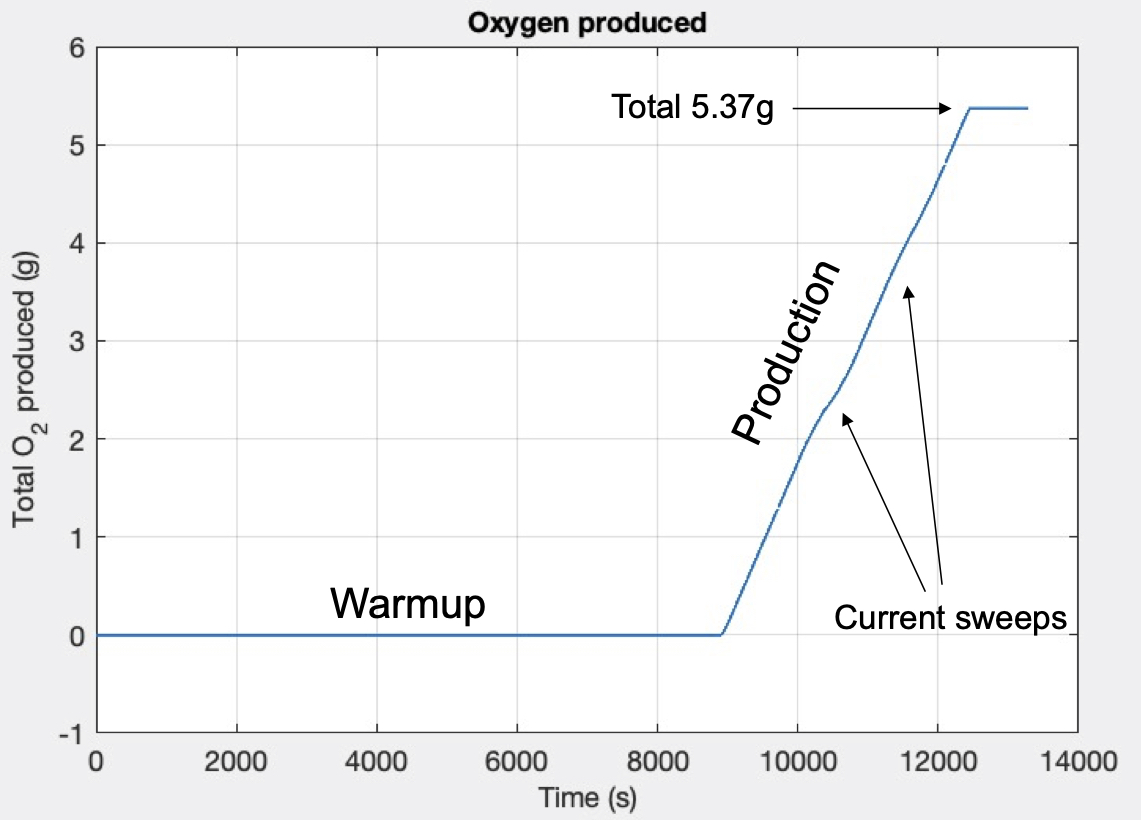Perseverance Rover Successfully Pulls Breathable Oxygen From The Red Planet's Atmosphere
Language
Reading Level
Listen to Article

Since landing on Mars on February 18, 2021, NASA's Perseverance rover has achieved numerous "firsts," including beaming audio sounds from the Red Planet's surface. It also made history as the first spacecraft to record sounds from another spacecraft — the Ingenuity helicopter — on another planet.
On April 20, 2021, Perseverance added yet another feather to its cap by extracting 5.4 grams of breathable oxygen — enough to keep an astronaut healthy for about 10 minutes of normal activity — from the wispy Martian air.
The oxygen was generated by a toaster-sized instrument called the Mars Oxygen In-Situ Resource Utilization Experiment (MOXIE) aboard the rover. Still in the early stages of development, the machine, which took about an hour to produce the gas, carries out the conversion through a simple chemical process. It separates the two oxygen atoms from the carbon dioxide molecules, which make up over 96 percent of the atmosphere on Mars, and stores them for future use. The remaining carbon monoxide molecule is released back into the Red Planet's atmosphere.
"Its job is to break oxygen atoms off carbon dioxide, the primary component of Mars’ atmosphere. It’s like an electrical tree,” says Moxie's principal investigator Michael Hecht of MIT's Haystack Observatory.

NASA researchers say the experiment was the first phase to ensure MOXIE — which needs to be heated to 1,470 degrees Fahrenheit (800 degrees Celsius) — to function, had survived the seven-month journey and subsequent landing on Mars. The second phase will entail testing the instrument at different times of the day and in different seasons, while the third and final phase will involve new operating modes, and, according to Heft, introducing "new wrinkles, such as a run where we compare operations at three or more different temperatures.” Over the course of the two-year mission, MOXIE will produce oxygen at least nine additional times. Once all the kinks have been removed, the instrument will be scaled up to produce enough oxygen for future human flights to Mars.
While making breathable oxygen for Mars' astronauts is important, it is not MOXIE's sole purpose. The gas, which is essential for a rocket to burn its fuel, is also crucial for the astronauts' return journey to Earth. NASA estimates that launching four astronauts off the Martian surface would require about 15,000 pounds (7 metric tons) of rocket fuel and 55,000 pounds (25 metric tons) of oxygen. In contrast, the four humans would require just a fraction of that to live on the Red Planet. “The astronauts who spend a year on the surface will maybe use one metric ton between them,” Hecht said.

(Credit: NASA/JPL)
MOXIE is not the only NASA endeavor making headlines from Mars. On May 7, 2021, Ingenuity successfully completed its first one-way trip — and fifth flight — on the Red Planet. The tissue-box-sized autonomous aircraft flew for an impressive 108 seconds from the Wright Brothers Field to an airfield located 423 feet (129 meters) to the south. Upon reaching its destination, the tiny helicopter climbed to a record altitude of 33 feet (10 meters) to capture high-resolution color images of its new neighborhood before making a picture-perfect landing. Ingenuity will remain at its latest home — carefully selected by the astronauts — until it receives further instructions, relayed via Perseverance, from the mission controllers.
"We bid adieu to our first Martian home, Wright Brothers Field, with grateful thanks for the support it provided to the historic first flights of a planetary rotorcraft,” said Bob Balaram, the helicopter's chief engineer at Caltech's Jet Propulsion Lab. “No matter where we go from here, we will always carry with us a reminder of how much those two bicycle builders from Dayton meant to us during our pursuit of the first flight on another world.”
Resources: mars.nasa.gov.